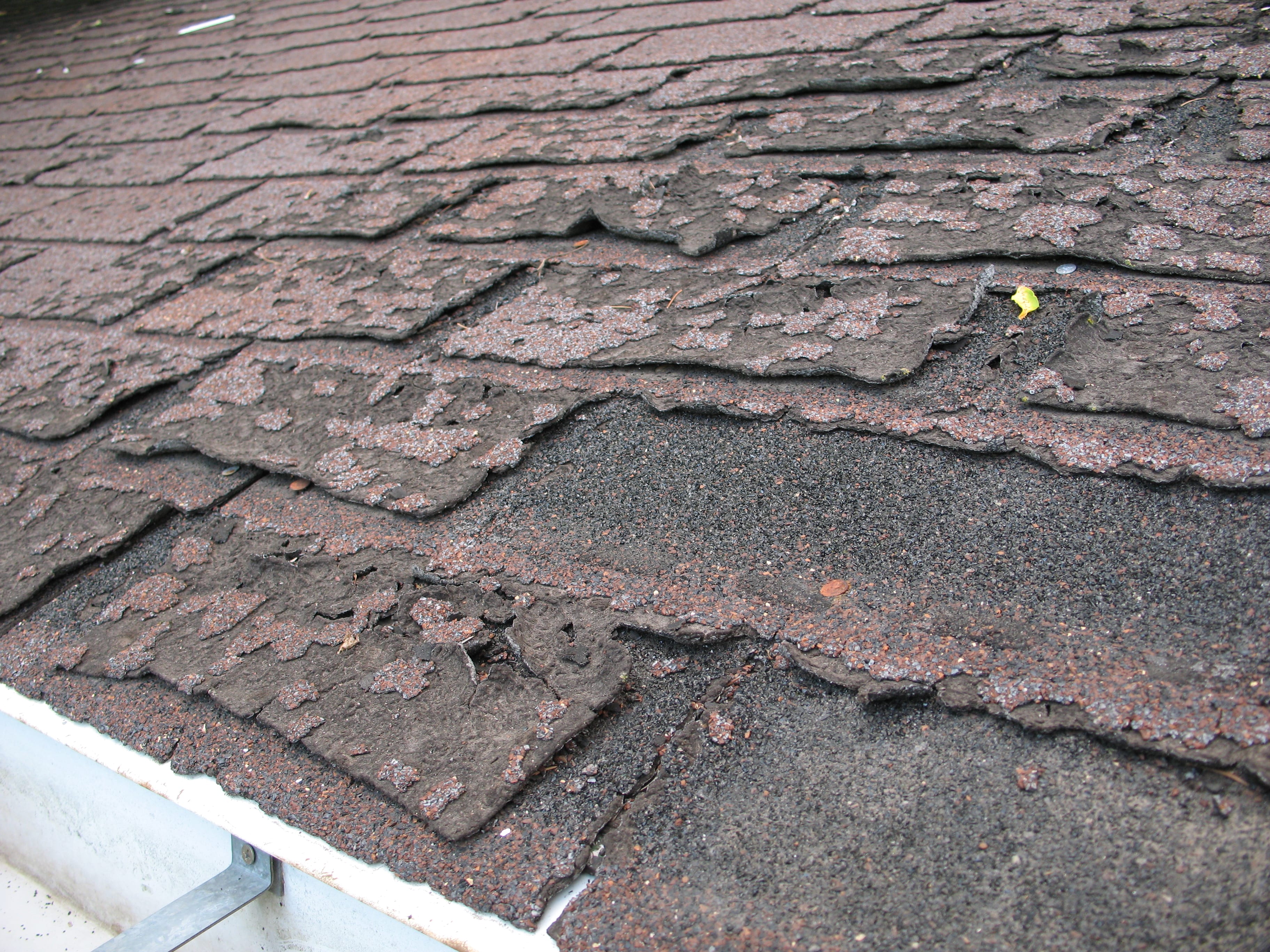With a public adjuster, you will have expert help in preparing, estimating, negotiating, and settling your insurance claim. Also, an agent can help you accurately fill out your proof of loss.
What is an insurance claim?
It is a formal request or appeal to an insurance carrier or company by a policyholder or claimant for compensation or coverage for a policy event or covered loss. The insurance company either validates or denies that claim.
When the insurance company accepts and approves the claim, it shall issue payment to the insured policyholder or, when applicable, to an authorized interested party representing the insured.
Insurance claims can cover everything, including life insurance policies providing death benefits to regular or complex medical tests. While a third-party can file a lawsuit on behalf of an insured person, only the policyholder or holders can receive payments in most cases.
How it Works
With a paid insurance claim, a policyholder is served indemnification against loss of finances. A person or institution will pay premiums for the completion of an insurance contract.
General insurance claims include covering medical commodities costs, physical injuries, death, liability for living in a property, and liability resulting in automobile operation.
What are the types of insurance claims?
- Health Insurance Claims
Surgical procedures and in-patient hospital admission resulting from an accident or illness are expensive. With individual or group health insurance policies, patients are indemnified against financial burdens that may otherwise cause financial loss.
Health insurance is relatively straightforward but vital and can be entirely transacted and applied digitally or electronically while protecting an individual from the prospect of substantial financial burdens brought about by unwanted health problems.
- Property and Casualty Claims
A real estate property is generally one of the most significant investments that a person will acquire. Insurance claims filed for property damage from covered perils are initially funneled online to a representative for an insurer, commonly known as a claims adjuster or agent.
In contrast with health insurance claims, the liability is on the policyholder to report property damage. Depending on the type of insurance claim, the adjuster inspects and evaluates the damage.
The agent determines how much to pay the insured, and when the damage is verified, the agent processes compensation.
- Life Insurance Claims
A life insurance claim requires submitting a claim form, death certificate, and, most often, the original policy or insurance contract. The claiming procedure, especially for high-value contracts, could require detailed examination by the insurance carrier, ensuring that the holder’s death did not fall outside the definitions and guidelines (a typical example: the holder dies while undertaking proven criminal activity).
The claiming process can take about 30 to 60 days if there are no extenuating circumstances. The benefits serve as a replacement for the deceased’s otherwise lost income or to cover final expenses.
Proof of Loss – How it Works
Proof of loss is an insurance form filled out by a policyholder for an insurance claim when property damage occurs. This document helps justify the value of a claimant’s loss to the insurance company.
Proof of loss is usually a single page serving as an overview of the crucial information required under an insurance policy. The form presents evidence of the loss and an estimated value of the property to the insurance carrier.
The policyholder is responsible for presenting and proving their loss to the insurance company, and the proof of loss form, including its supporting documents, is used to implement that.
The form is a notarized, official, sworn statement from the claimant to the carrier concerning a property’s scope of damage and prospect costs. The insurance company uses the information on the form to calculate its monetary responsibilities for the property loss.
When an insured claimant submits the document, the company assesses and reviews the claim, and responds with their position. Hence, the competition of a detailed proof of loss form is highly necessary for the claims process and financial recovery.
If not completed properly, a poorly written proof of loss can result in a claim’s underpayment, impediment, or denial.
How to Fill Out a Proof of Loss Document
When filling out a proof of loss form, you will need a copy of your insurance policy or contract. The policy document will determine what you must include in your proof of loss.

The form generally requires you to state the following.
- Coverage amounts during the occurrence of the loss
- Date and cause
- Documents supporting the property’s value the amount of loss claimed (estimates, inventories, or receipts.)
- Other parties claiming the loss (if provided in the policy)
- Parties with interest in the property (e.g., a bank holding the mortgage)
- The insurance policy’s identification details
FOUR essential things to take into consideration when preparing your proof of loss.
- Be accurate and honest when filling out the form.
Inaccurate details can lead to underpayment, delay, or denial of your insurance claim. Every piece of information written in the document should be factual and based on proof of evidence.
If you are not careful about inaccuracies or misrepresentations, your mistake can lead to a refusal of insurance coverage in the future.
- Be mindful of deadlines.
In the insurance policy, under your “Duties After Loss” as a claimant will be the information on how soon you, as a policyholder, have to write and present proof of loss form after damage to your property has taken place. If you do not abide by the given deadline, you risk being denied your insurance claim.
Note that the insurance company might not send you a form to fill out for submission. It will be your responsibility as a policyholder and claimant to obtain a proof of loss form when damage to your insured property occurs.
In some cases, the time limit on proof of loss form submission sets about when the insurance carrier formally requests it from the claimant. In most claims, the policyholder submits estimates and inventories first, after which both parties agree on a settlement, and proof of loss form is signed.
- You have to obtain detailed estimates on the damage to your property.
An exact, detailed, and validated claim of value is vital. It would be best to have an accurate itemization and detailed record of the property damage to calculate how much the carrier precisely owes you.
- Hiring a claimant makes things easier and more efficient.
It would be helpful to have a third-party service that can gather supporting evidence and substantiate and estimate your loss and claim. The insurance carrier might deploy its adjuster to evaluate your property’s damages too.
With a public adjuster, you will have expert help in preparing, estimating, negotiating, and settling your insurance claim. Also, an agent can help you accurately fill out your proof of loss.


Join the conversation!